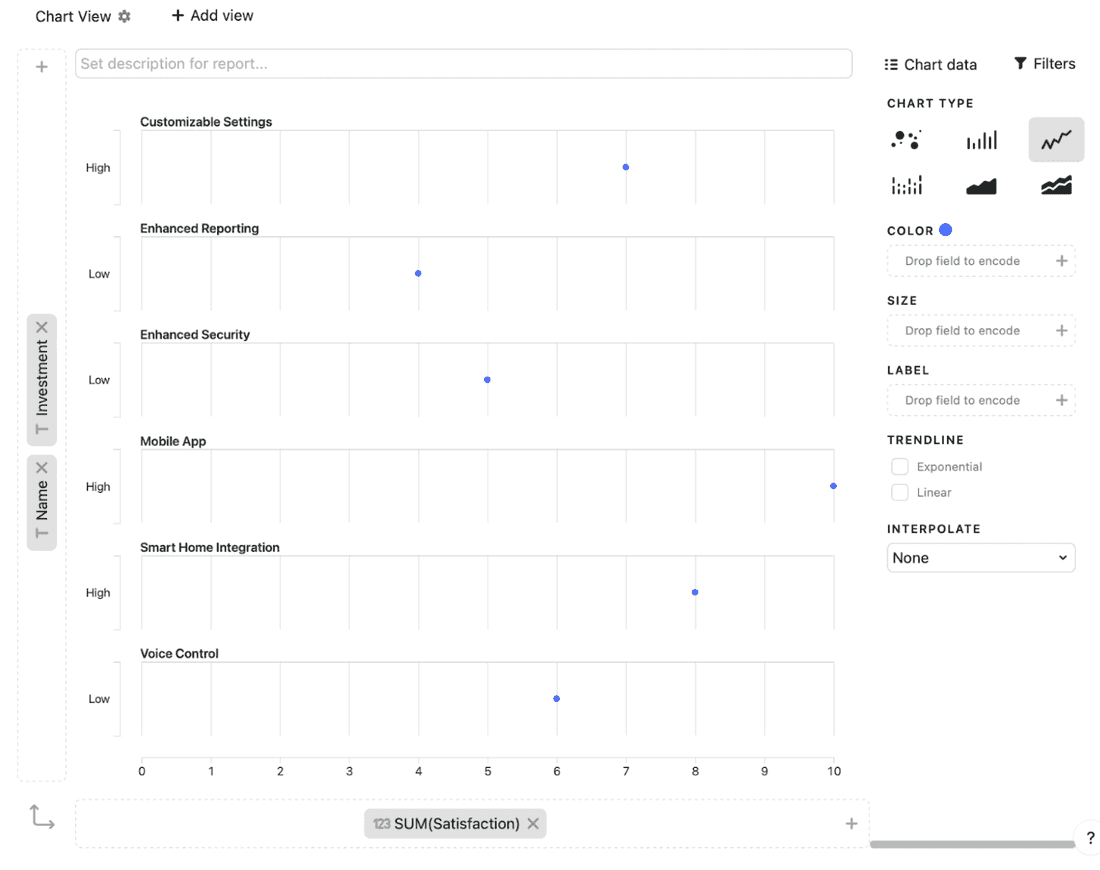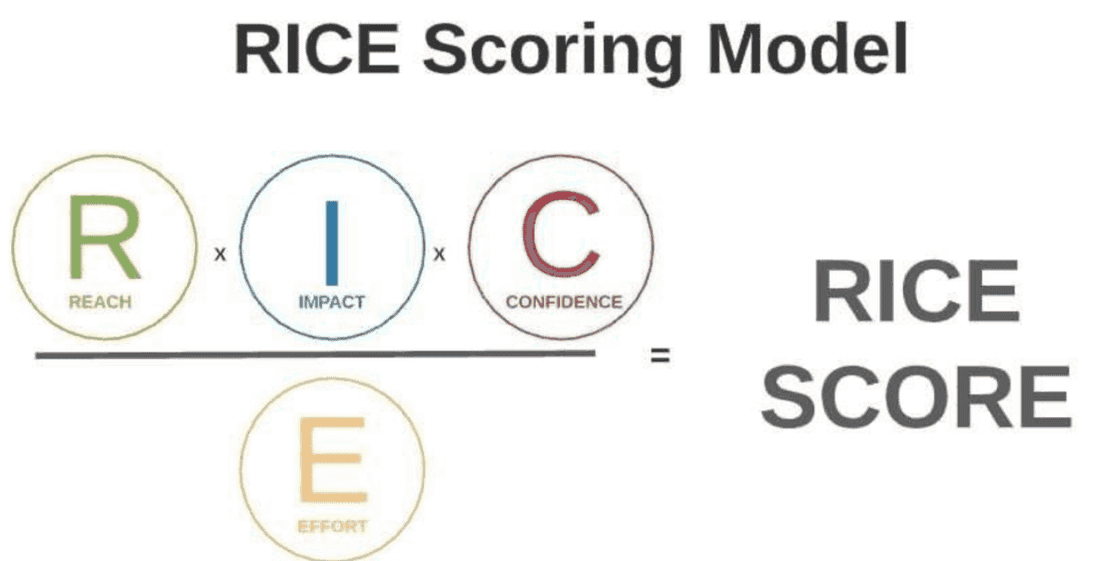Expert Strategies for Product Roadmap Prioritization
Product roadmap prioritization is complex for many reasons.
For one, there are so many moving parts to it, each feature or task vying for yesterday’s attention.
For two, each little decision could mean one giant leap ahead for product-kind or one big faceplant into wasted resources.
Here’s what we’ve got in store:
- A look into various frameworks for effective product roadmap prioritization, getting honest about their perks and pitfalls.
- Practical tips on overcoming the hurdles standing between you and a prioritized roadmap.
- An honest exposé on keeping your roadmap priorities in line with your business goals.
What is Roadmap Prioritization?
If you were to picture roadmap prioritization as a seriously high-stakes game of Jenga, you’d likely get the gist.
With every block acting as a potential product feature and the tower itself symbolizing the entire future of your product, one wrong move can lead to picking up the pieces and starting over.
Prioritizing your roadmap is all about handling time, resources, and demands and figuring out which aspect of a product needs to take the spotlight first.
Rather than go with an ‘eeny, meeny, miny moe’ approach, you’ll decide who goes first and then rank, arrange, and deliver on the rest based on hard-hitting stats and analytics to conquer the boss battle that is your final goal.
The Best Frameworks for Product Roadmap Prioritization
If we’re painting roadmap prioritization as the battle, frameworks are the weapons you need to get your way through it successfully. The following are some of the most respected frameworks around.
Framework 1: MoSCoW

Of no relation to the city, the MoSCoW framework helps you break down an overwhelming list of tasks and features into digestible chunks. It’ll allow you to rearrange that brain spaghetti in your head into categories such as what’s important to do now, what can wait until later, what would be a bonus, and what can be pushed to the side – at least for now.
This simple-as-pie method involves sorting your tasks into buckets that are marked with different priority levels, hence the capitalized letters in its name (the ‘o’s are just for decoration):
- Must-Have: These requirements and features are the crux of your product – without them, it won’t be able to face the public, which is why this category is a top priority. Think of things like bug fixes, where customers wouldn’t even be able to use your product otherwise.
- Should-Have: The should-haves consist of items that won’t threaten the launch of your product time-wise but are super valuable and give your product that distinct flavor. They’re typically things that emphasize your main features, bringing your user experience up a few notches.
- Could-Have: Could-haves don’t have a time-sensitive or need-to-have nature to them. Extras like personalized color settings or theme settings are could-haves that ‘could’ enhance the product, but users aren’t likely going to jump ship if they don’t exist.
- Won’t-Have: You know those bright and brilliant ideas that seem to be the next big thing for the company? While they might seem totally alluring to add to the product, they could be a tad too ambitious and resource-intensive for the moment – which makes them ideal for future ventures and belong in the won’t-have bucket for now.
Framework 2: Kano Model

The Kano model is more customer-focused and can be visualized using a graph with two sets of parameters along a horizontal and vertical axis. Developed by Dr. Noriaki Kano, his theory is that five emotional response types to features exist, and this model will show to what degree a feature is meeting a certain customer need.

The five response types include:
- Must-be features: Must-bes (or haves) are like the reliable workers of an office that are always there when you need them – they don’t typically garner a lot of attention, but things certainly crumble when they fall ill or don’t show up to work.
- Performance features: Performance features (or one-dimensional features) are the do-gooder features that customers love to have. These features often have a complementary relationship with customers where the more the merrier. For instance, you’ll want to ace fast checkout speed and have a wide range of relevant payment methods to keep the smiles on their faces.
- Attractive features: Every product should have a wow factor. Attractive features are the fancy bells and whistles that weren’t necessarily on the customer’s must-have list but have become oh-so-sweet selling points of your product.
- Indifferent features: Indifferent features are just that – features that you feel a little iffy about. When they’re there, they’re cool extras. When they’re not, the product still shines just as bright as it did before.
- Reverse features: In cases where customers interact with a feature and don’t respond positively to what it does, you’ve got a reverse feature. Maybe you’ve got a dynamic banner that’s taking away from your search feature – these elements don’t benefit the customer and might even annoy them a little.
Framework 3: RICE

While the Kano method is highly qualitative, the RICE scoring approach steers us toward the quantitative realm. Using the factors of reach, impact, confidence, and effort, we can deduce a final RICE score through a fun formula, making the ranking process easy peasy.
- Reach: Implementing this feature, how many customers would it affect over a certain amount of time? I.e., transactions per month.
- Impact: On a multiple-choice scale (such as 1, 2, and so on), this factor sizes up the potential of each feature on each individual user.
- Confidence: What’s the % confidence level on impact, reach, and concrete data to back things up? Especially for over-ambitious folks, this helps factor in those potential risks.
- Effort: Honestly, how much effort and investment will this project require from different teams? Measure this factor as persons per month, considering how much work each team member will do in that timeframe.
Once you’ve figured these factors out, plug those numbers into the formula:
Reach x Impact x Confidence / Effort = Rice Score
Framework 4: Opportunity Scoring

Opportunity Scoring is like using a metal detector to strike gold – finding the sweet spot between the amount of effort your team puts in and true customer satisfaction.
Let’s put it this way. Your team isn’t going to be happy pulling a series of all-nighters and your customers aren’t going to be happy if their needs aren’t being met. You want to avoid these two scenarios like the plague.
This method requires a couple of steps.
- Ask your customers for feedback.
- Rank each feature on its desirability.
- Have your team estimate the real effort needed for each.
- Plot that matrix using a graph with ‘Importance’ on the x-axis and ‘Satisfaction’ on the y-axis.
That’s it. Found features that require the strength to lift Thor’s hammer but only conjure up a lukewarm response? Bring those to the bottom of the priority list.
The PM’s Hot Take
When we’re talking about the topic of product roadmap prioritization, there’s no golden rule. The right approach to prioritization is just as unique as your product is, as diverse as your customer base, and as fluid as changing market dynamics. That’s exactly why we can’t put an umbrella over using frameworks for roadmap prioritization – we need to, instead, stay agile and adaptable and keep the user at the center of all of this, no matter what method you end up choosing.
Conclusion
Product management prioritization is a beast of a task, but with the right framework, you can put hard-earned wisdom about your product to good use.
Hungry for product management tools that will help champion your process? Make a beeline for Fibery and see how we can make things happen. Want to brush up on your knowledge? Check out our blog’s product management section.
Psst... Wanna try Fibery? 👀
Infinitely flexible product discovery & development platform.